After decades of preparing our garden beds with a traditional approach, we finally got smart and picked up the book, Lasagna Gardening by Pat Lanza. This is the book that changed my method of gardening from the "dig and dump" method to what I call the forest floor method.
Here, I describe the method we have found most effective and efficient. The soil in my garden has been turned plenty of times, by me, my husband, and my mother and father before me. This is our soil, we are connected to it by years of toil. By the "sweat of our brow" we have worked this land. Wait a second, this sounds like way too much work! I think the year was 2004, when I happened to read through Patricia's book. We don't do everything exactly the way she does, but we love the layering method that she uses.
If you think of the forest floor, it all becomes clear. Season after season, leaf litter and animal droppings layer a perfect mixture of carbon and nitrogen. Earthworms and millions of microorganisms come to the surface to feed and decompose the debris into nutrient rich soil. There's a whole micro-universe at work beneath our feet! Understanding this, made gardening a whole lot easier and many times more efficient. Now, we replicate nature as closely as we can and add all the contents to a raised box, barrel or bucket. After researching Ruth Stout, Mel Bartholomew  and others, we have combined what we have found works best for us. The number one, most important thing you can do, is to start a compost pile. Here are our compost bins. They aren't pretty but they are cheap and they do the job well. They are a nice height, easy to turn and the lids close to keep the neighborhood cats out. I like that they are black, so they heat up fast. They cost us five dollars, and were ordered from the city of Mesa. Phoenix also has recycled garbage cans that you can buy. We collect leaves, grass clippings, coffee grounds, shredded newspaper, add chicken manure, straw and vegetable scraps. Keep it a little damp and turn it every
and others, we have combined what we have found works best for us. The number one, most important thing you can do, is to start a compost pile. Here are our compost bins. They aren't pretty but they are cheap and they do the job well. They are a nice height, easy to turn and the lids close to keep the neighborhood cats out. I like that they are black, so they heat up fast. They cost us five dollars, and were ordered from the city of Mesa. Phoenix also has recycled garbage cans that you can buy. We collect leaves, grass clippings, coffee grounds, shredded newspaper, add chicken manure, straw and vegetable scraps. Keep it a little damp and turn it every  week or so.
week or so.
 and others, we have combined what we have found works best for us. The number one, most important thing you can do, is to start a compost pile. Here are our compost bins. They aren't pretty but they are cheap and they do the job well. They are a nice height, easy to turn and the lids close to keep the neighborhood cats out. I like that they are black, so they heat up fast. They cost us five dollars, and were ordered from the city of Mesa. Phoenix also has recycled garbage cans that you can buy. We collect leaves, grass clippings, coffee grounds, shredded newspaper, add chicken manure, straw and vegetable scraps. Keep it a little damp and turn it every
and others, we have combined what we have found works best for us. The number one, most important thing you can do, is to start a compost pile. Here are our compost bins. They aren't pretty but they are cheap and they do the job well. They are a nice height, easy to turn and the lids close to keep the neighborhood cats out. I like that they are black, so they heat up fast. They cost us five dollars, and were ordered from the city of Mesa. Phoenix also has recycled garbage cans that you can buy. We collect leaves, grass clippings, coffee grounds, shredded newspaper, add chicken manure, straw and vegetable scraps. Keep it a little damp and turn it every  week or so.
week or so.
Next, choose a sunny location and make sure you have a convenient water source (we use a drip system and also have flood irrigation). Then, make your box. We use untreated pine. Pine will not last forever, but it's cheap. Our boxes have lasted for five or six years with no problems so far. This box is 4ft x 8ft. and 12 inches deep.  After you place your garden box, make sure it's level. We leave approximately two feet between each box, just enough room for a lawn mower. Place six or seven layers of overlapped newspaper over the entire surface and halfway up the sides of the box. Here, we are trying burlap bags on the first layer to keep the gophers from invading our boxes.
After you place your garden box, make sure it's level. We leave approximately two feet between each box, just enough room for a lawn mower. Place six or seven layers of overlapped newspaper over the entire surface and halfway up the sides of the box. Here, we are trying burlap bags on the first layer to keep the gophers from invading our boxes.
 After you place your garden box, make sure it's level. We leave approximately two feet between each box, just enough room for a lawn mower. Place six or seven layers of overlapped newspaper over the entire surface and halfway up the sides of the box. Here, we are trying burlap bags on the first layer to keep the gophers from invading our boxes.
After you place your garden box, make sure it's level. We leave approximately two feet between each box, just enough room for a lawn mower. Place six or seven layers of overlapped newspaper over the entire surface and halfway up the sides of the box. Here, we are trying burlap bags on the first layer to keep the gophers from invading our boxes.
Next, we add a layer of aged steer manure. Manure is a high nitrogen source and will generate heat to help kill weed seeds and disease pathogens.  The main ingredient in our beds is our own compost. Remember, compost contains decomposed leaves, grass clippings, straw, shredded newspaper, coffee grounds and chicken manure that have been broken down and are filled with microorganisms that further the decomposition process while in the raised bed. This is the "black gold" you hear gardeners talking about. Make sure your compost is near the garden beds. It makes transporting that pot of gold so much easier.
The main ingredient in our beds is our own compost. Remember, compost contains decomposed leaves, grass clippings, straw, shredded newspaper, coffee grounds and chicken manure that have been broken down and are filled with microorganisms that further the decomposition process while in the raised bed. This is the "black gold" you hear gardeners talking about. Make sure your compost is near the garden beds. It makes transporting that pot of gold so much easier. 
 We also add a few bags of amended soil. This Kellogg product contains bat guano, kelp meal and worm castings. We also add a good potting soil mix that contains vermiculite in the ingredients. This helps to retain moisture and improves drainage and aeration.
We also add a few bags of amended soil. This Kellogg product contains bat guano, kelp meal and worm castings. We also add a good potting soil mix that contains vermiculite in the ingredients. This helps to retain moisture and improves drainage and aeration.
 The main ingredient in our beds is our own compost. Remember, compost contains decomposed leaves, grass clippings, straw, shredded newspaper, coffee grounds and chicken manure that have been broken down and are filled with microorganisms that further the decomposition process while in the raised bed. This is the "black gold" you hear gardeners talking about. Make sure your compost is near the garden beds. It makes transporting that pot of gold so much easier.
The main ingredient in our beds is our own compost. Remember, compost contains decomposed leaves, grass clippings, straw, shredded newspaper, coffee grounds and chicken manure that have been broken down and are filled with microorganisms that further the decomposition process while in the raised bed. This is the "black gold" you hear gardeners talking about. Make sure your compost is near the garden beds. It makes transporting that pot of gold so much easier. 
 We also add a few bags of amended soil. This Kellogg product contains bat guano, kelp meal and worm castings. We also add a good potting soil mix that contains vermiculite in the ingredients. This helps to retain moisture and improves drainage and aeration.
We also add a few bags of amended soil. This Kellogg product contains bat guano, kelp meal and worm castings. We also add a good potting soil mix that contains vermiculite in the ingredients. This helps to retain moisture and improves drainage and aeration.
Continue to layer and mix lightly until the box is filled to a couple of inches from the top. The box is ready to plant! When you plant in this soil your seeds or transplants are immediately surrounded by rich nutrients.
Experiment with different technique's and amendments, find what works best for you. Enjoy working with the soil and step back and watch what it gives you. Your plants will let you know if something's not quite right.
Here's a couple of good examples of raised bed gardens. This is Darcey's garden. She designed her boxes to be tended with maximum comfort! They are about three feet high and built with block. When the boxes are filled with flowers, herbs and vegetables, this garden is amazing.
These boxes are newly filled and planted. They are 4ft by 17ft, enough to feed the whole family. Make sure you adjust the watering system when the weather warms up.
These boxes are newly filled and planted. They are 4ft by 17ft, enough to feed the whole family. Make sure you adjust the watering system when the weather warms up. This is Darcey's garden. She designed her boxes to be tended with maximum comfort! They are about three feet high and built with block. When the boxes are filled with flowers, herbs and vegetables, this garden is amazing.
This is Darcey's garden. She designed her boxes to be tended with maximum comfort! They are about three feet high and built with block. When the boxes are filled with flowers, herbs and vegetables, this garden is amazing.
 This is Darcey's garden. She designed her boxes to be tended with maximum comfort! They are about three feet high and built with block. When the boxes are filled with flowers, herbs and vegetables, this garden is amazing.
This is Darcey's garden. She designed her boxes to be tended with maximum comfort! They are about three feet high and built with block. When the boxes are filled with flowers, herbs and vegetables, this garden is amazing.


























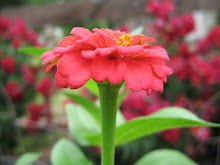
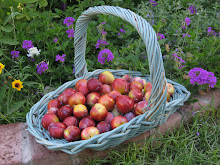
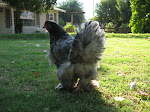
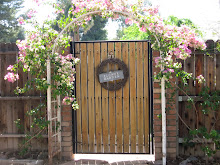


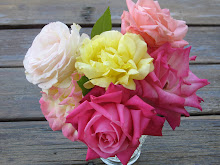

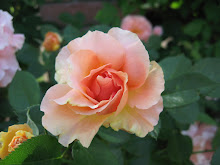

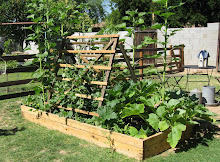


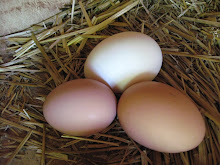
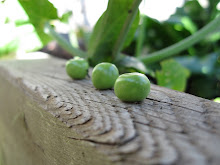
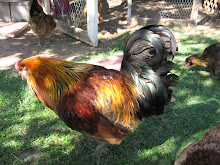
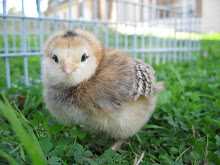
.jpg)







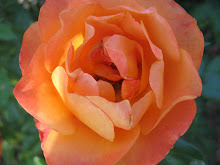
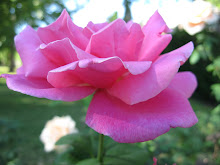
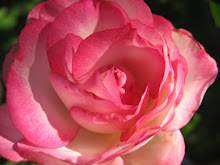
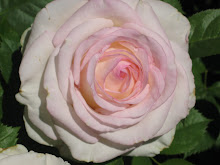
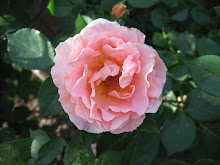
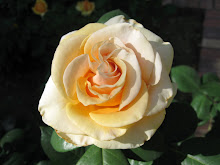
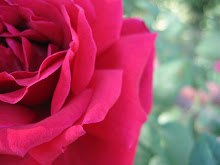
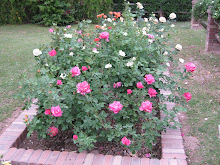
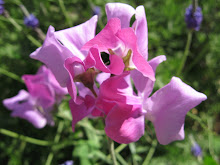
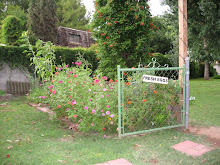

2 comments:
YES! xxoo 'me'
Fantastic! I love it.
Post a Comment